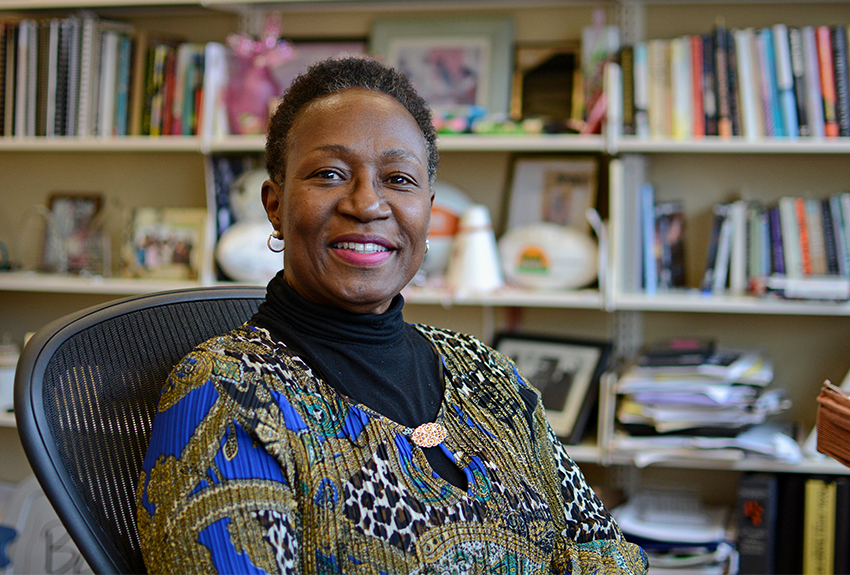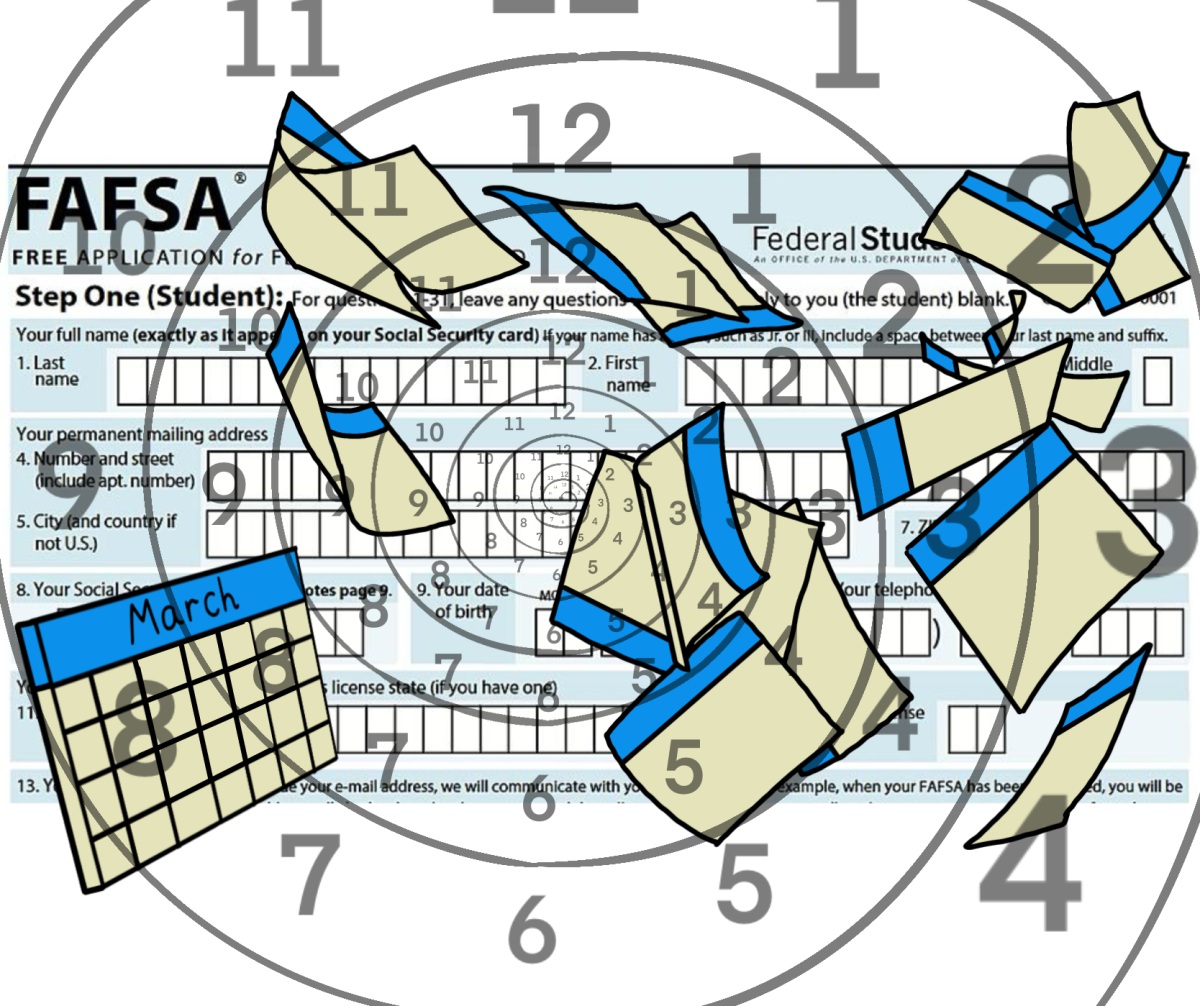From hosting welcome seminars to lecturing in the classroom, Brenda Burt has seen it all when it comes to black student affairs at UT. Now a lecturer in the Department of African and African Diaspora Studies, she made her first appearance on the 40 Acres in 1984.
Throughout her career at the University, Burt has dedicated a large part of her time working to better the lives of black students.
“I began my involvement by personally going to programs that students were a part of in ’84,” Burt said. “I wanted to find out what the climate was like and who were the administrators working with students as well.”
In 1984, Burt was hired as the director of undergraduate and alumni relations for the Department of African and African Diaspora Studies — a position she held for 34 years. Since 2013, she has also been an adjunct assistant professor in the same department.
Throughout her exploration into UT’s campus climate, Burt said she has made many observations, such as that in 1984, the black population at the University made up 3.3 percent of the 47,973 students enrolled.
“The black community back in the day was like a fist,” Burt said. “They were tight, they loved each other and they looked after each other. This community began as soon as students stepped foot on campus.”
It was this sense of community that kept black students strong amid the racial tensions and adverse climate at the University, which had only been integrated two decades prior, Burt said.
Aside from African-American students cultivating a more inclusive culture and embracing their own heritage, Burt said she also observed the importance of allies when it came to the advancement of African-American students on campus.
“It wasn’t just the black students (helping each other out), there were white students as well insuring that all students were represented on the campus,” Burt said. “It only takes one, and if their voice was heard, you had an ally.”
Burt said she vividly remembers some allies to the black community in the 1980s, which included the Student Government and Sharon Justice, the former dean of students.
“Student leadership was tight back then,” Burt said. “Whether you were in the Texas Union, president of an organization, SG — whoever you were, they all came together and they all looked at the campus saying, ‘Hmm, what’s missing, what can we improve?’”
The students took action on their observations and would even host meetings with top leaders on campus to initiate tangible results for their proposals.
“They would then meet and have their proposal (ready to present),” Burt said. “They would invite the president, the deans, the directors, the vice president of student affairs, and say, ‘These are the things we think are lacking.’ And some of the things that they presented came true.”
Burt also participated in establishing the Multicultural Engagement Center in 1988, which was previously known as the Minority Information Center, and served as the Center’s first director until 2008. The Center currently serves as a resource for black, Latinx, Asian American, Native American students and others.
“The MIC — MEC, for you guys now — was special because you could go and those binders (filled with proposals) and all that stuff was there,” Burt said. “(Students) could go and look up and see what students had been talking about and what they were interested in.”
This information is still available today, despite being written decades ago.
“Students don’t utilize the MEC as they should, or the information that’s in there,” Burt said. “Because even information that they could utilize now is in there. Those binders are filled with the ideas that students have thought and have been sitting on for years. One of those was building an Asian American statue, something the campus is yet to have seen.”
Throughout the years, students have been very proactive in creating physical change on campus for the black community, Burt said. Some examples include the Multicultural Engagement Center in the Student Activity Center, The Malcolm X Lounge in Jester, the Barbara Jordan statue and the Martin Luther King Jr. statue.
“(The African-American students) drafted many proposals and kept them in the Minority Information Center,” Burt said. “They would say that things may not happen during my tenure, but we’ll write it up anyway so that people will know our thought process and be able to continue what we started.”
In addition to dedicating much of her time to helping black students at UT, Burt has also spent a large portion of her career working to helping black people in the wider Austin community.
Since 2000, Burt has served as coordinator for the annual city-wide Martin Luther King Jr. Day march. Every year, Burt gives the opening remarks for the celebration, which welcomes hundreds of people to celebrate the life and legacy of Martin Luther King Jr.
Although Burt said she has seen positive changes for the black community, she said she feels social media has shifted how today’s students define community.
“While social media is important, I think what it has taken away is that personal touch,” Burt said. “That people actually got together to sit down and talk, rather than get on social media. They no longer form the type of community that used to be here.”
Overall, Burt said she is curious to see what the new generation of African-American Longhorns will do.
“It’s more than (protesting) or being upset about something,” Burt said. “What should really be on the mind of students is ‘How can we improve the campus? What will your legacy be?’”


















